Slime is an amazing material that is perfect for kids to make and play with. Slime is the perfect example for learning about chemical bonds and polymer chains and basic chemical reactions. However, a true science experiment includes a hypothesis, experiment, and conclusion. This slime recipe test mixes science with sensory play by testing three slime recipes to find the ultimate slime recipe for stretchiness, bounciness, and squeezability.
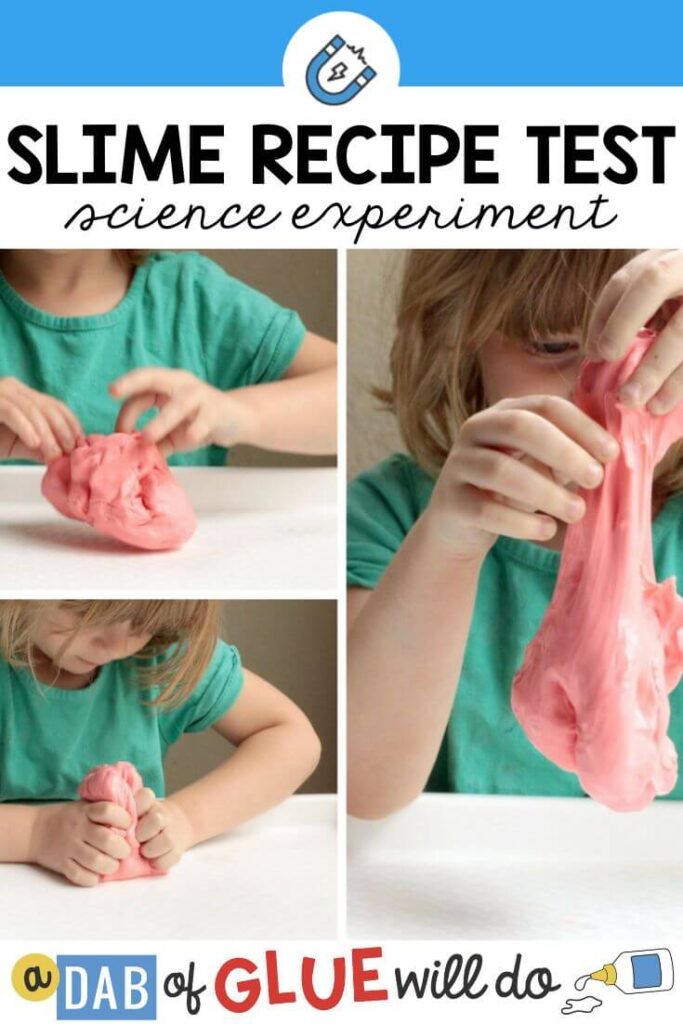
Getting the Slime Recipe Test Experiment Ready:
With a little advanced setup, this experiment can be done in a classroom setting. For each child you will need:
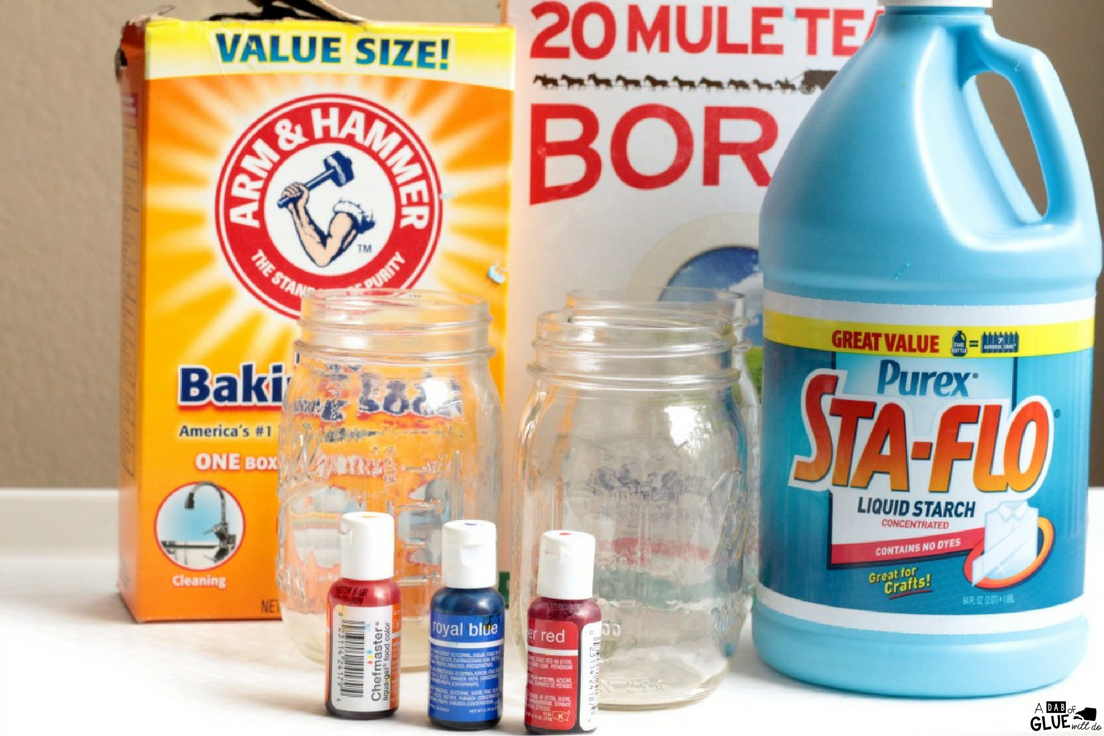
- 6 ounces of Elmer’s white school glue
- 6 plastic cups
- 1/4 cup measuring cup
- 1/2 teaspoon of Borax powder
- 1 cup of baking soda
- 1/4 of a cup of starch
- 3 craft sticks
- Tablespoon
- 1 experiment test printable
Recipe 1:
Cup 1: Mix 1/4 cup of glue, 5 drops of red food coloring, and 1/4 cup of water.
Cup 2: Mix 1/2 a teaspoon of Borax powder into 1/2 a cup of water.
Recipe 2:
Cup 1: Mix 1/4 cup of glue, 1/4 cup of water, and 5 drops of blue food coloring.
Cup 2: Mix 1/4 of a cup of laundry starch.
Recipe 3:
Cup 1: Mix 1/4 cup of glue, a tablespoon of water, and 5 drops of orange food coloring.
Cup 2: Add 1 cup of baking soda.
Doing the Slime Recipe Test Experiment
In this test, children will determine which slime recipe makes the best slime. In our experiment, the kids decided that the best slime would be the recipe that produced the stretchiest, bounciest, and squishiest slime. Each recipe was bounced, squeezed, and stretched and then scored.
The kids used forks to mix the two cups of ingredients together (you can also use craft sticks) and then played with the slime to test it. The different colors helped the kids remember which recipe was which for easier scoring. The baking soda slime is the most difficult, as the amount of baking soda necessary to produce a slime texture can vary. The more baking soda added, the more dough-like the mixture becomes. If the slime is sticky, add more baking soda. If it is too dough-like, add a bit more glue.
Recipe 1: Borax
The borax recipe produced a slime that was stretchy to a point, but it broke easily if it was stretched too quickly. The Borax slime produced the bounciest slime, but when squeezed, it broke apart.
Recipe 2: Laundry Starch
The laundry starch slime stretched the best. It also had a squeezable texture. The laundry starch slime wasn’t as bouncy, but it still had some bounce to it.
Recipe 3: Baking Soda
The baking soda slime was not very stretchy, and it did not bounce at all. The slime was the favorite for squeezability in our test group.
Slime Recipe Test Experiment Results
In the end, the kids decided that the laundry starch slime was the best slime. It stretched without breaking, had some bounce, and squished between their fingers.
More Science Activities and Ideas
Walking Water Science for Kids
Want STEM planned for you ALL YEAR LONG?!
Do you want science planned for the ENTIRE CALENDAR YEAR!? This Endless Science Mega Bundle will save you so much time and keep your students engaged and excited about learning. This amazing resource contains 53 science topics including life science, physical science, earth science, and animal studies.


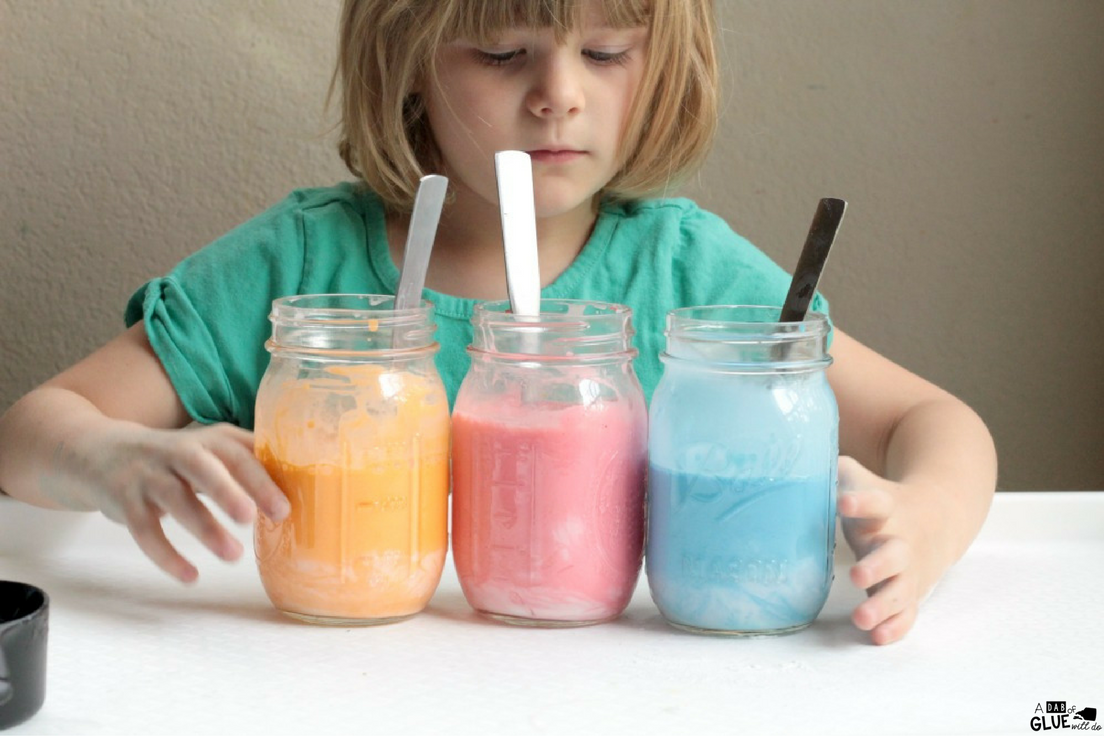
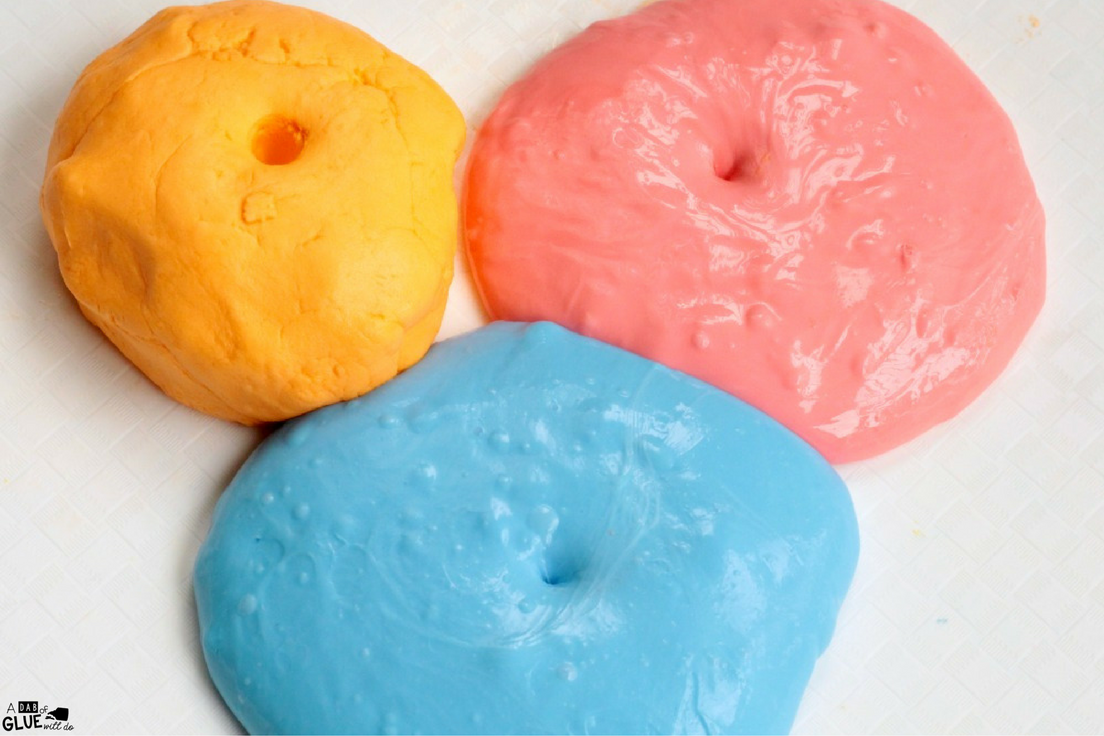
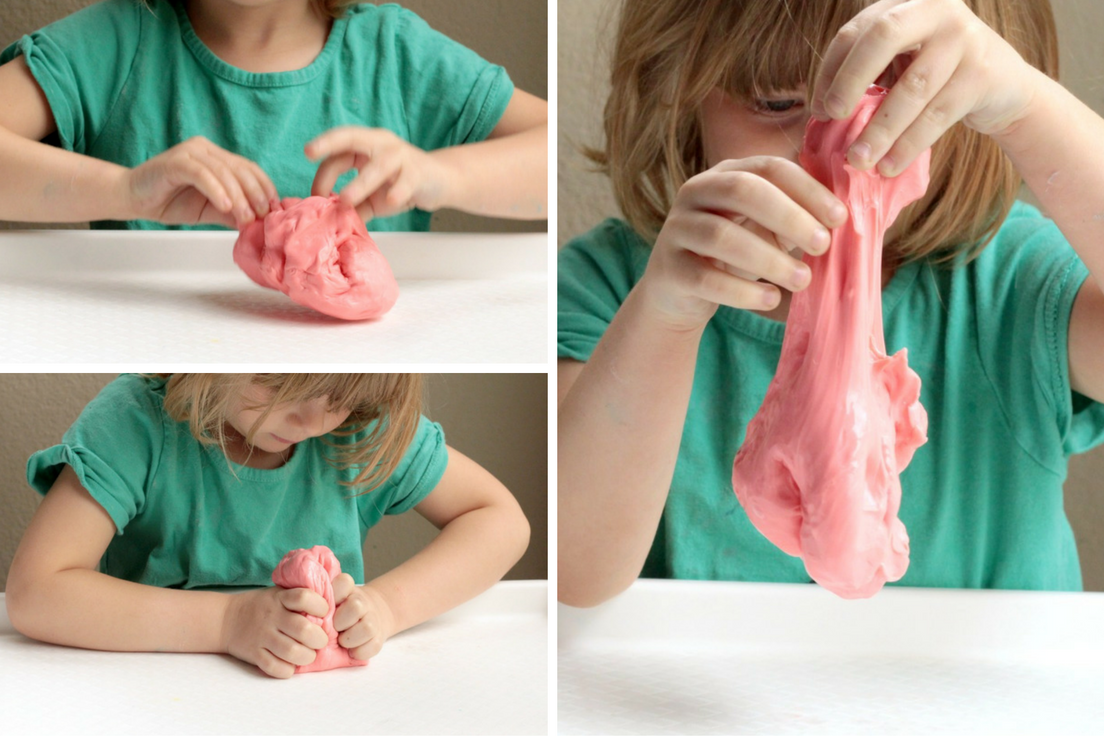
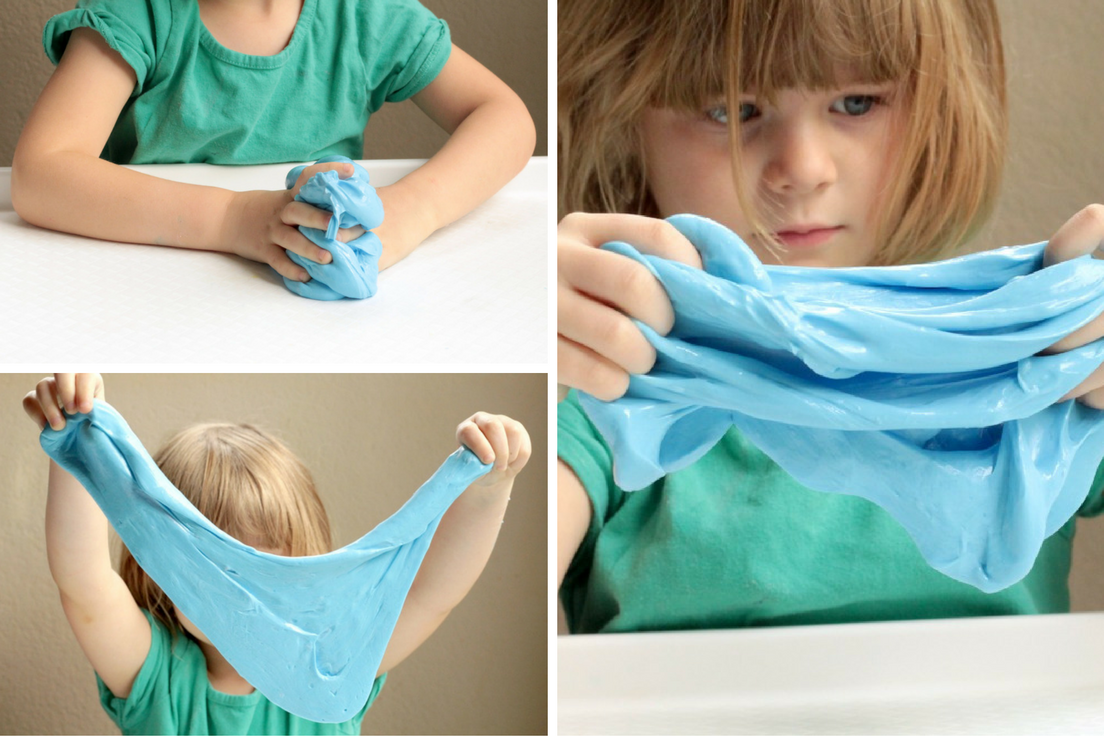
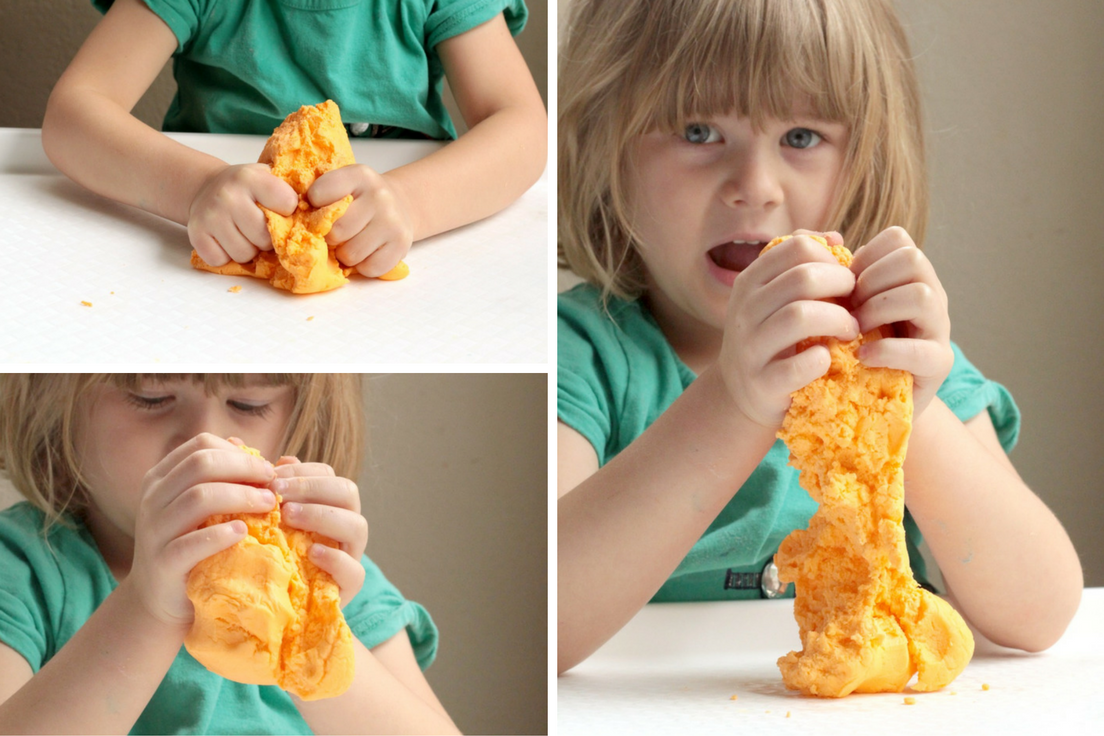
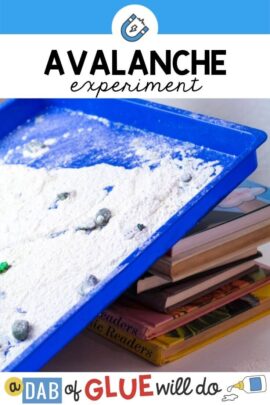
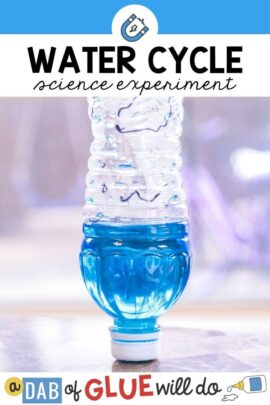
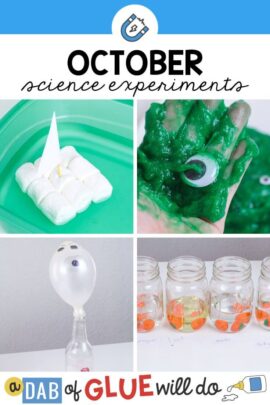
[…] arts and crafts, some science experiments can get rather messy. Kids of all ages love making slime, and the science of Mentos and soda never seems to grow old! Solar s’mores ovens, worm towers, […]